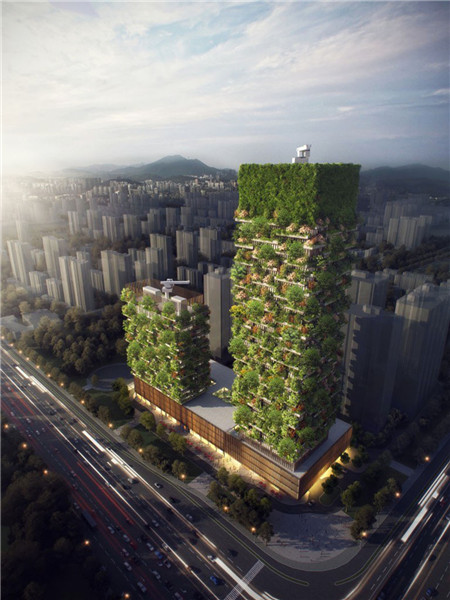The Sustainable Drainage System (SuDS) Strategy
Wokingham Borough Council has adopted a new strategy to ensure new developments have appropriate sustainable drainage systems to manage the risk of flooding, improve water quality, and biodiversity. Please find below their press release:
Suds now part of major builds
Wokingham Borough Council has adopted a new strategy to ensure new developments have appropriate sustainable drainage systems to manage the risk of flooding, improve water quality, and biodiversity.
The Sustainable Drainage System (SuDS) Strategy, approved by the borough council’s decision-making executive, is a blueprint based on national standards for developers and civic planning officers when designing developments ranging in size from minor schemes up to the scale of Strategic Development Locations.
SuDS mimic nature, dealing with rainfall where it falls; allowing it to evaporate or soak into the ground. Any remaining water is then drained to the nearest traditional watercourse or sewer at the same rate and volume that would have happened naturally before the new development was built.
“A healthy and safe water environment is fundamental,” said Cllr Angus Ross, executive member for environment.
“There are areas in our borough with increased risk of flooding, and some of our watercourses have poor water quality. This strategy shows how SuDS address these. SuDS use cost effective solutions with low environmental impact. They’re designed to be easy to manage, resilient, needing in some cases only sunlight to work, and are aesthetically attractive.”
SuDS are increasingly being used to counter the problems of flooding caused urbanization where natural surfaces and vegetation are replaced by concrete, asphalt, or roofed structures. Where this happens heavy rainfall cannot easily be absorbed back into the environment without overloading more conventional drainage systems, creating flooding, contaminating drinking water sources, and harming wildlife and the environment.
Examples of SuDS include basins (shallow landscape depressions that are dry most of the time when it’s not raining), rain-gardens (shallow landscape depressions with shrub or herbaceous plants), swales (shallow normally-dry, wide-based ditches), filter drains (gravel-filled trenches), bio retention basins (shallow depressions with gravel and/or sand layers), reed beds and other wetland habitats that collect, store, and filter dirty water along with providing a habitat for wildlife.
A consultation last summer into the borough’s SuDS Strategy was carried out, and the majority of those taking part were very supportive of it.
Now that the new SuDS strategy has been adopted by Wokingham Borough Council, planning applications for developments will need to meet the requirements of the local standards set out in it.
Planning application approval, if granted, will then need to include clear instructions on how the SuDS for that development will be maintained.
Further information:More from Cllr Angus Ross, executive member for environment at email: angus.ross@wokingham.gov.uk


